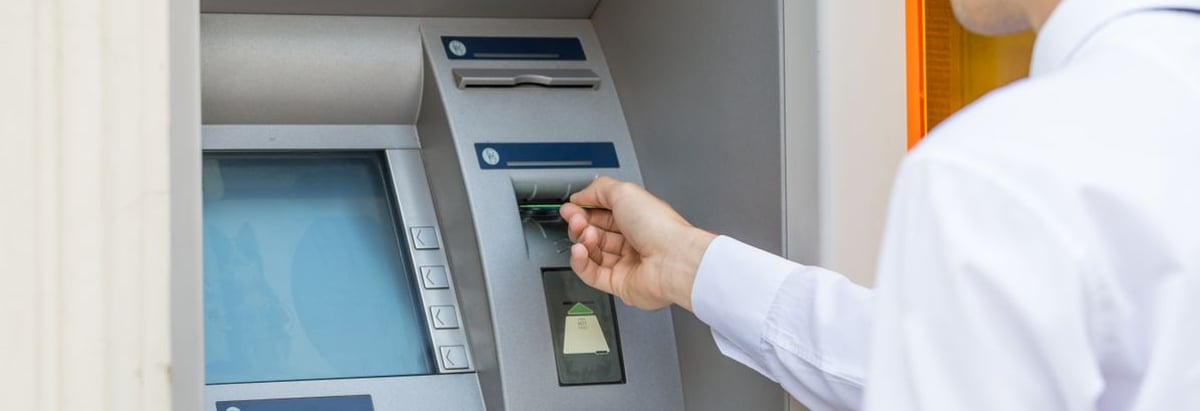Should You Have State Bank of India's (NSE:SBIN) In Your Portfolio?

If you are a shareholder in State Bank of India’s (NSEI:SBIN), or are thinking about investing in the company, knowing how it contributes to the risk and reward profile of your portfolio is important. Broadly speaking, there are two types of risk you should consider when investing in stocks such as SBIN. The first type is company-specific risk, which can be diversified away by investing in other companies to reduce exposure to one particular stock. The second risk is market-wide, which arises from investing in the stock market. This risk reflects changes in economic and political factors that affects all stocks.
Not all stocks are expose to the same level of market risk. A popular measure of market risk for a stock is its beta, and the market as a whole represents a beta value of one. Any stock with a beta of greater than one is considered more volatile than the market, and those with a beta less than one is generally less volatile.
See our latest analysis for State Bank of IndiaWhat is SBIN’s market risk?
State Bank of India has a beta of 1.04, which means that the percentage change in its stock value will be higher than the entire market in times of booms and busts. A high level of beta means investors face higher risk associated with potential gains and losses driven by market movements. According to this value of beta, SBIN can help magnify your portfolio return, especially if it is predominantly made up of low-beta stocks. If the market is going up, a higher exposure to the upside from a high-beta stock can push up your portfolio return.
How does SBIN's size and industry impact its risk?
With a market capitalisation of ₹2.41T, SBIN is considered an established entity, which has generally experienced less relative risk in comparison to smaller sized companies. Conversely, the company operates in the banks industry, which has been found to have high sensitivity to market-wide shocks. As a result, we should expect a low beta for the large-cap nature of SBIN but a higher beta for the banks industry. It seems as though there is an inconsistency in risks from SBIN’s size and industry. There may be a more fundamental driver which can explain this inconsistency, which we will examine below.
Is SBIN's cost structure indicative of a high beta?
During times of economic downturn, low demand may cause companies to readjust production of their goods and services. It is more difficult for companies to lower their cost, if the majority of these costs are generated by fixed assets. Therefore, this is a type of risk which is associated with higher beta. I test SBIN’s ratio of fixed assets to total assets in order to determine how high the risk is associated with this type of constraint. Since SBIN’s fixed assets are only 1.14% of its total assets, it doesn’t depend heavily on a high level of these rigid and costly assets to operate its business. Thus, we can expect SBIN to be more stable in the face of market movements, relative to its peers of similar size but with a higher portion of fixed assets on their books. This outcome contradicts SBIN’s current beta value which indicates an above-average volatility.
What this means for you:
You may reap the gains of SBIN's returns during times of economic growth by holding the stock. Its low fixed cost also implies that it has the flexibility to adjust its cost to preserve margins during times of a downturn. I recommend analysing the stock in terms of your current portfolio composition before deciding to invest more into SBIN. What I have not mentioned in my article here are important company-specific fundamentals such as State Bank of India’s financial health and performance track record. I urge you to complete your research by taking a look at the following:
- Future Outlook: What are well-informed industry analysts predicting for SBIN’s future growth? Take a look at our free research report of analyst consensus for SBIN’s outlook.
- Past Track Record: Has SBIN been consistently performing well irrespective of the ups and downs in the market? Go into more detail in the past performance analysis and take a look at the free visual representations of SBIN's historicals for more clarity.
- Other High-Performing Stocks: Are there other stocks that provide better prospects with proven track records? Explore our free list of these great stocks here.
New: Manage All Your Stock Portfolios in One Place
We've created the ultimate portfolio companion for stock investors, and it's free.
• Connect an unlimited number of Portfolios and see your total in one currency
• Be alerted to new Warning Signs or Risks via email or mobile
• Track the Fair Value of your stocks
Have feedback on this article? Concerned about the content? Get in touch with us directly. Alternatively, email editorial-team@simplywallst.com
Simply Wall St analyst Simply Wall St and Simply Wall St have no position in any of the companies mentioned. This article is general in nature. We provide commentary based on historical data and analyst forecasts only using an unbiased methodology and our articles are not intended to be financial advice. It does not constitute a recommendation to buy or sell any stock and does not take account of your objectives, or your financial situation. We aim to bring you long-term focused analysis driven by fundamental data. Note that our analysis may not factor in the latest price-sensitive company announcements or qualitative material.
About NSEI:SBIN
State Bank of India
Provides banking products and services in India and internationally.
Excellent balance sheet established dividend payer.
Similar Companies
Market Insights
Community Narratives





